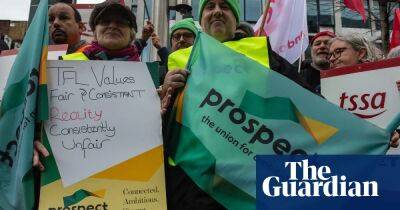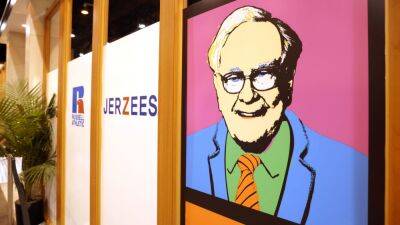Charity calls for ‘Awaab’s law’ to be extended to private rental sector
Campaigners have called for private housing landlords to be held to new standards set out after the death of Awaab Ishak, as research indicated that 1.6 million children live in privately rented homes with damp, mould or excessive cold.
The government this month announced a new “Awaab’s law” that will set deadlines for social landlords in England and Wales to tackle reported hazards. Two-year-old Awaab was killed by mould in a social housing flat in Rochdale in 2020.
However, the legislation does not extend to private landlords and there are concerns that children in those properties could suffer the same fate.
Analysis by Citizens Advice, based on a survey of 2,000 renters, suggests more than half of private renters in England – 2.7m households – are struggling with damp, mould, excessive cold or a combination of these factors.
The charity said poor energy efficiency was often to blame, and its study showed that tenants of private rentals are 73% more likely to be living with damp if they live in a property with an energy performance certificate rating of D-G rather than A-C. Tenants in a D-G property are 89% more likely to experience excessive cold than those with more efficient homes.
The average private sector tenant in England is paying £350 more a year on heating because of poorly insulated and damp homes, while those in the least efficient properties are paying an extra £950.
Those in the least efficient homes could pay £1,190 more a year from April, when energy bills will rise again.
Landlords are only required to bring properties to an E rating and do not have to make any improvements that will cost more than £3,500.
Britain’s leaky housing stock has been blamed for high energy bills. Earlier this month, Greenpeace
Read more on theguardian.com













